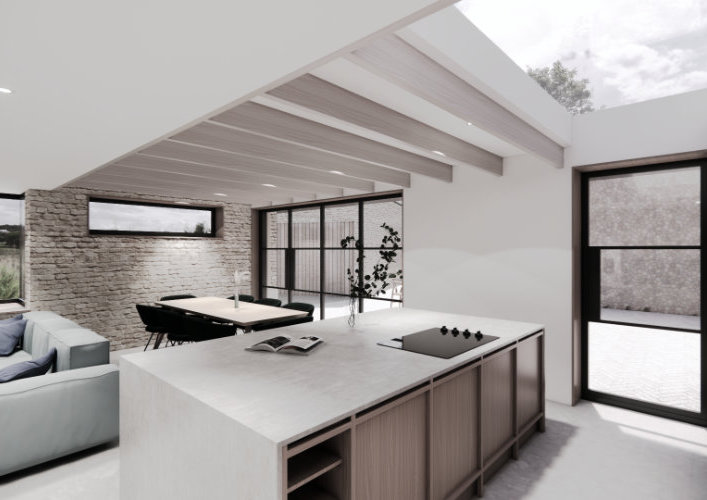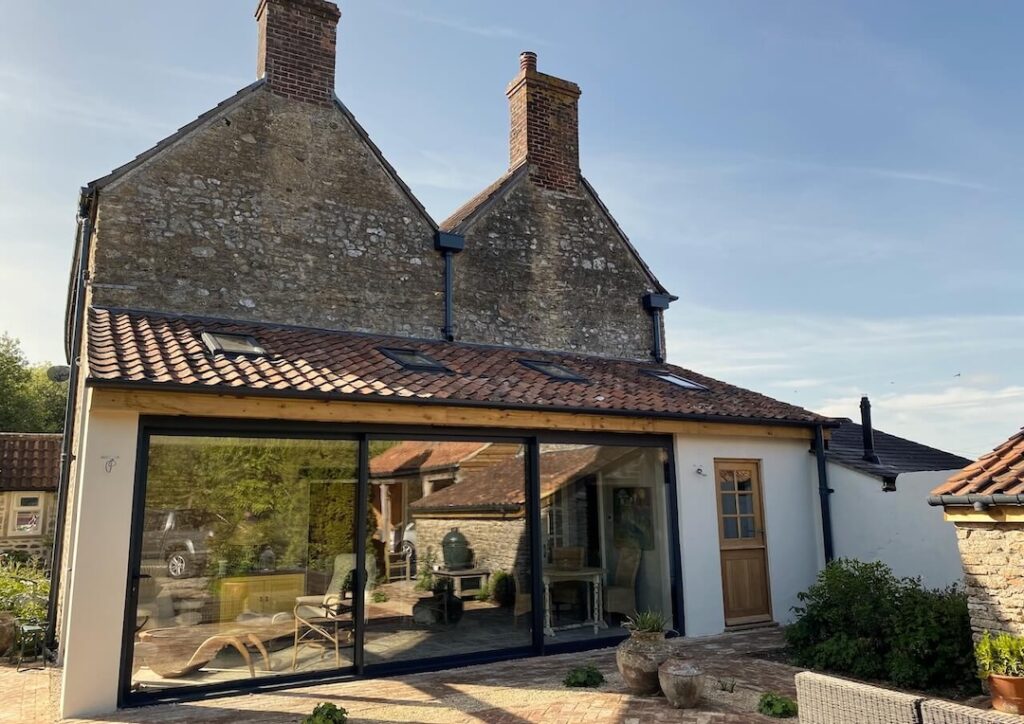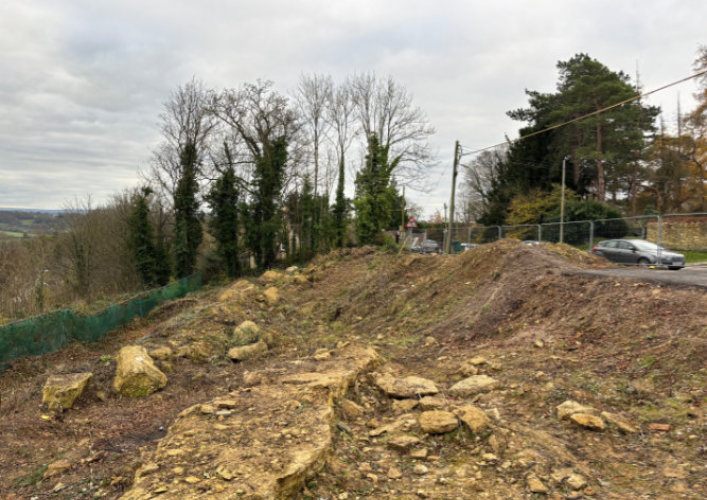More UK homeowners are taking steps to make their home environmentally friendly. Whether driven by rising energy bills, climate change awareness, or the desire to live more sustainably, upgrading your property to reduce its environmental impact can be one of the most rewarding things you do. And it doesn’t have to mean a complete renovation—many improvements are incremental, affordable, and surprisingly straightforward.
At TEA Architects, we help homeowners across the South West—from Bath to Frome—make their homes more energy efficient, healthy, and future-proof. This guide outlines the best ways to get started and keep improving over time.
Start with Insulation and Draught-Proofing
A well-insulated home is warmer in winter, cooler in summer, and dramatically more efficient. Insulation is the cornerstone of any plan to make your home environmentally friendly.
Start with areas where heat escapes most easily:
- Loft insulation: Inexpensive and effective. Aim for 300mm of mineral wool.
- Cavity wall insulation: Common in homes built after 1920. Fast to install and excellent value.
- Solid wall insulation: Ideal for older homes. Can be added internally or externally depending on the project.
- Underfloor insulation: Suitable for suspended timber floors—often accessible via the crawl space.
Pair these with low-cost draught-proofing upgrades:
- Door seals and brush strips for external doors
- Draught excluders on letterboxes and keyholes
- Silicone sealant for gaps around skirting and window frames
- Insulated curtains and rugs for glazed areas or timber floors
Improved insulation not only cuts heating bills but makes your home more comfortable year-round—especially important in Britain’s variable climate. Do speak to a professional about upgrading insulation/improving airtightness and ventilation – as they are all linked and should be considered as a whole – balancing one without the other can cause harm.
Improve Airtightness Without Losing Fresh Air
As you seal up gaps and improve insulation, it’s important not to trap moisture inside the home. Poor ventilation can cause condensation, damp, and mould—issues that undermine both comfort and health.
To balance airtightness and air quality:
- Fit extractor fans in bathrooms, kitchens, and utility areas
- Ensure trickle vents on windows are clear and functional
- Leave doors slightly undercut to allow air circulation between rooms
- Consider a Mechanical Ventilation with Heat Recovery (MVHR) system for deeper retrofits
Maintaining fresh air helps prevent structural issues and creates a healthier environment—critical for growing families, allergy sufferers, and those working from home.
Upgrade Your Windows and Doors for Thermal Comfort
Old single glazing or poorly sealed frames are major sources of energy loss.
If you’re upgrading, choose modern, energy-efficient options:
- Double or triple glazing with low-emissivity coatings
- Frames made of thermally broken aluminium, timber, or uPVC
- Proper seals and accredited installation (look for FENSA certification)
External doors should also be replaced if they’re thin, hollow, or poorly fitted—modern composite or insulated doors provide much better thermal performance.
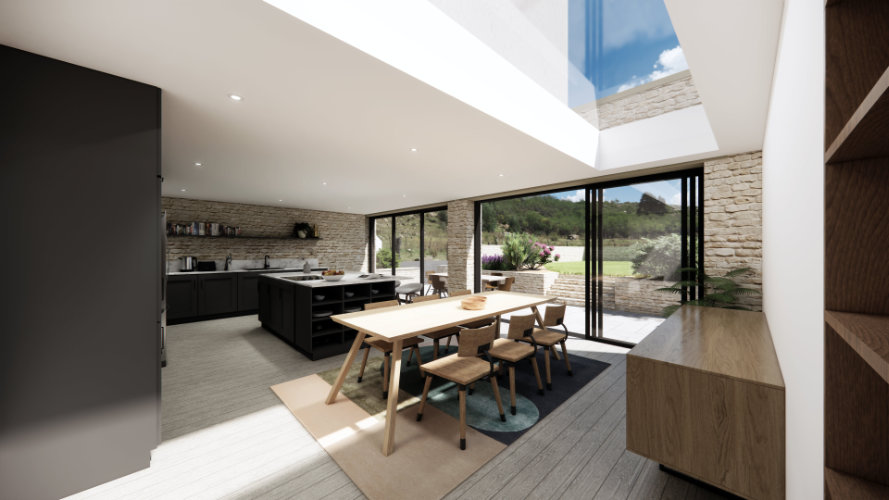
Use Renewable Energy to Make Your Home Environmentally Friendly
After improving your home’s fabric, the next step to make your home environmentally friendly is to reduce reliance on fossil fuels.
Consider:
- Solar PV panels: Often grant-supported, they generate clean electricity
- Air Source Heat Pumps (ASHP): Efficient replacements for gas boilers
- Solar thermal systems for hot water
- Smart thermostats to optimise when and where you heat
These systems work best when your home is already well-insulated. But even modest installations can deliver energy savings and reduce your carbon footprint.
Choose Sustainable Materials and Interior Finishes
Every renovation is a chance to choose better. Use low-impact materials wherever possible, especially if you’re upgrading floors, kitchens or bathrooms.
Some practical options include:
- Low-VOC paints, finishes, and adhesives
- Reclaimed or FSC-certified timber for floors and furniture
- Natural materials like cork, wool insulation, and linoleum
- Locally sourced materials to reduce transport emissions
Durable finishes also reduce the need for frequent replacement, helping lower your home’s embodied carbon over time.
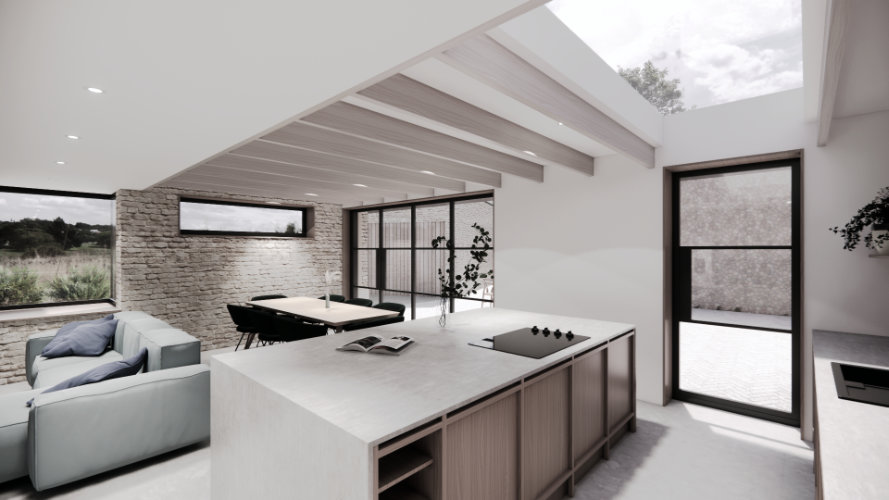
Adopt Smarter Energy Habits
Technology helps—but behaviour matters too. Even small changes can have a big impact on your energy use and bills.
Try these energy-saving tips:
- Lower your thermostat by just 1°C
- Switch to LED lighting throughout your home
- Run appliances only when full (and use eco settings)
- Air dry clothes instead of using a tumble dryer
- Use smart plugs or timers to prevent standby power waste
Together, these choices can reduce your household emissions by up to 10–15% annually with minimal effort or investment.
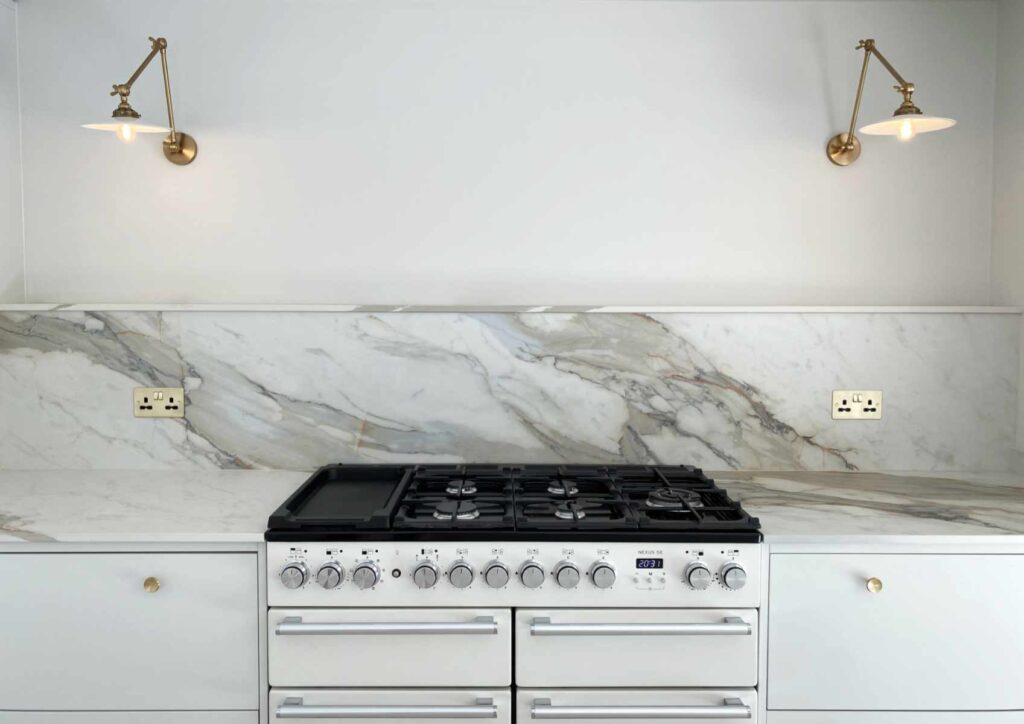
Green Your Garden to Make Your Home Environmentally Friendly
If you have outdoor space, it can also help make your home environmentally friendly.
Sustainable garden ideas include:
- Planting native species that require less watering
- Installing a compost bin for food and garden waste
- Collecting rainwater for plants or even toilet flushing
- Creating shaded outdoor seating areas with pergolas or vines
- Avoiding synthetic pesticides and fertilisers that damage soil life
Well-planned gardens don’t just support biodiversity—they also improve your home’s microclimate, reduce urban heat, and enhance wellbeing.
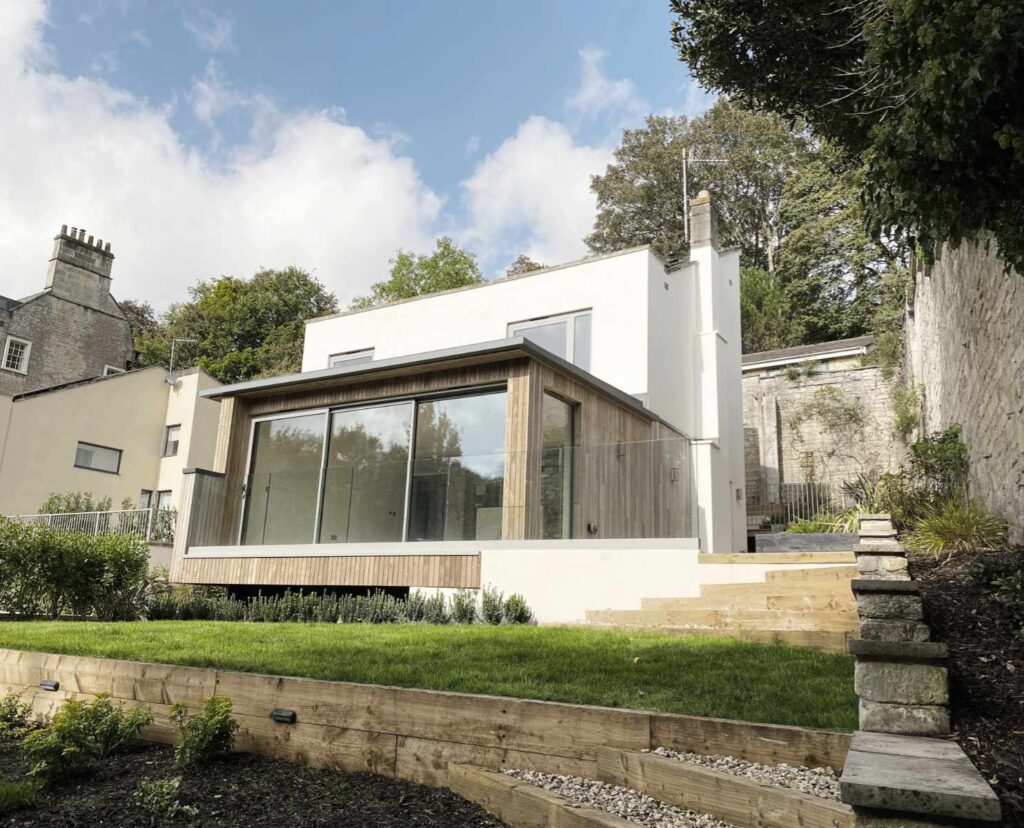
Plan for the Future of Energy and Housing
More than ever, future-proofing your home is about flexibility and resilience. As building regulations tighten and utility prices fluctuate, early adopters of energy improvements are likely to benefit most.
In Scotland, all new homes must meet Passivhaus-equivalent energy standards by 2025. England and Wales are expected to follow with similarly high standards in the coming years.
By making improvements now, you’re getting ahead of the curve and boosting the value of your home while lowering its impact on the planet.
Some Local Authorities provide financial incentives and support to homeowners to pursue retrofit improvements to their property. It could be worth investigating if your Local Authority does this. Retrofit West provide this service in the West of England Area – Make Your Home More Energy Efficient – Retrofit West – with discounts on home assessment reports.
Let’s Make Your Home Environmentally Friendly — Together
At TEA Architects, we’re passionate about helping homeowners create greener, healthier homes—one step at a time. Whether you’re considering a retrofit, planning an extension, or simply want to improve what you’ve got, we offer tailored advice rooted in building science and thoughtful design.
From our offices in Bath, we support homeowners across the South West in making real, lasting improvements to comfort, efficiency, and sustainability.
Ready to start? Get in touch and let’s work together to make your home environmentally friendly.

